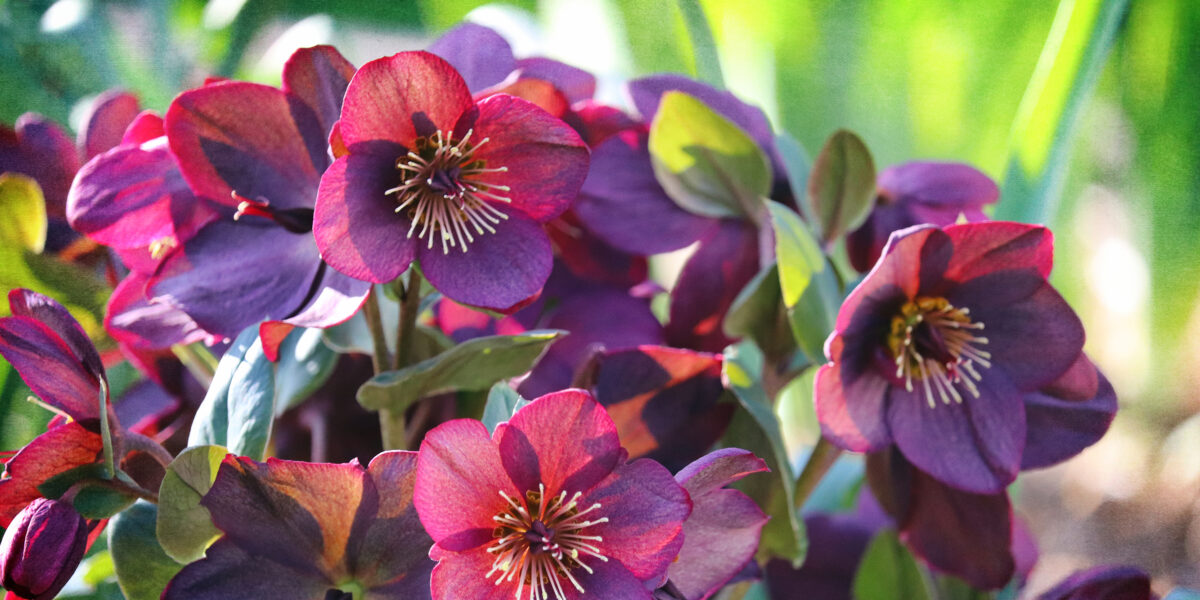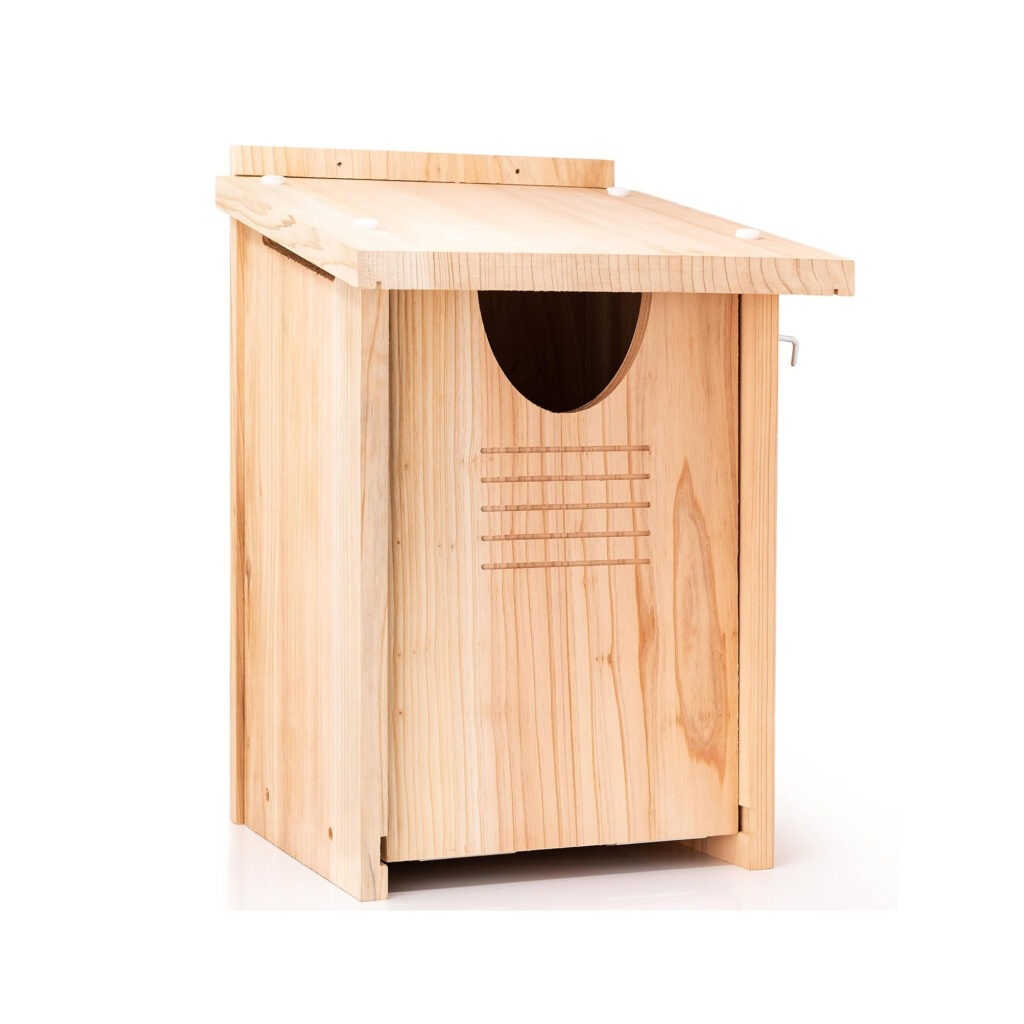
10 Things Gardeners Need to Do Before Winter Hits
Prepare for the colder months ahead.

Katrin Ray Shumakov/Getty Images
Slow down with the season and pay attention to the small details that will make a difference in the months ahead.
Plant

cjp/Getty Images
—It’s bare-root season and the perfect time to add flavor to your landscape. While stone fruit, persimmons, and pomegranates are all fantastic fruiting choices to plant now, consider adding a heat- and drought-tolerant jujube, which looks prolific in the garden while providing an abundance of small, sweet, apple-like flavored fruits that can be enjoyed fresh or dried.
—Roses should be planted in December when nursery selection is at its best, but avoid selecting any pots in a sunny location, as they might have premature shoots. To avoid dried-out or damaged roots, plant all bare-root stock as soon as possible. If inclement weather should put a halt to your transplanting, “heel in” the roots temporarily in a shady location with damp sand or compost.
—Flowering native perennials, such as golden yarrow (Eriophyllum confertiflorum), foothill penstemon (Penstemon heterophyllus), desert globemallow (Sphaeralcea ambigua), and Oregon grape (Mahonia aquifolium) can all be planted later this season while providing winter color and vital food sources for pollinators.
Harvest

PamelaJoeMcfarlane/Getty
—Hellebores are beginning to blossom and make for incredible winter cut flower bouquets. For long-lasting blooms, wait until the flowers mature and pollen has dropped from the anthers. Cut stems at an angle and condition them by dipping them into boiling hot water for 30 seconds before placing into a vase with cool water.
—Mix up your usual holiday evergreen arrangements and prune a few clippings from your native garden. For branches with berries, try using California holly (toyon, Heteromeles arbutifolia), Pacific madrone (Arbutus menziesii), and red osier dogwood (Cornus sericea), which all look lovely in wreaths. For cones and seed pods, look for sugar pine (Pinus lambertiana), Western hemlock (Tsuga heterophylla), and California buckeye (Aesculus californica). Even the decorative leaves of salal (Gaultheria shallon) or evergreen huckleberry (Vaccinium ovatum) would make for a unique garland.
Maintain

Courtesy of Barebones Living
—Looking to expand your strawberry patch? Transplant runners by gently pulling crowns apart by hand or with a garden knife. To plant, simply soak roots for four to six hours and place in loose, damp soil, making sure it covers all roots but does not touch the bottom of the crown. Try incorporating native varieties, such as Fragaria chiloensis, Fragaria vesca, or Fragaria virginiana, which all make for incredible ground cover alternatives in shady, low-traffic areas.
—Darker days call for adding drama and more visibility to the garden. Consider adding a touch of whimsy through lighting with pathway spots, lanterns, or even cafe lights, which can all be easily installed—and with so many solar options, no electrical outlets needed.
—With deciduous trees losing their leaves, take note of how structural elements could define your garden space. Adding arbors, trellises, or even sculptures can help define new entertaining spaces while adding visual interest throughout the year.
Protect

Courtesy of Amazon
—Winter is the perfect time to offer protection to our feathered friends. Level up your bird and wildlife gardens with new nest boxes and roosting sites. While birdhouses are easy options to install for small species like chickadees, titmice, bluebirds, and wrens, don’t forget about owl boxes that can be added if you have trees that allow for a 15- to 30-foot installation height. While native shrubs are the ultimate shelter for wildlife, if selecting roosting pockets, choose ones made of woven natural grass fibers that will be more appealing to birds while offering a natural yet stylish look for your garden.
—Don’t be surprised by an overnight freeze. Check in on your garden supplies and make sure you have burlap or a frost blanket on hand for additional temporary protection. Bubble wrap from a recent delivery can even work in a pinch. Most importantly, remember that cold weather protection is temporary, and any wrap should be removed after weather events and not left on all winter to avoid disease.
We only recommend things we love. If you buy something through our site, we might earn a commission.
